Flawed but fun, 1972–76 Jensen-Healeys are surprisingly cheap
Think 1970s sports cars and likely MGs, Alfas, Datsuns, and Triumphs come to mind. Maybe a Jag or a Porsche. Or maybe a Ferrari, if you’re feeling fancy. The Jensen-Healey, meanwhile, remains an obscure choice among classic two-seaters even though it married three of the most famous names in the fun car business—Jensen Motors, Donald Healey, and Lotus. A flawed but fun car, the Jensen-Healey offers performance and rarity over its British roadster brethren, but even very nice examples are still surprisingly cheap.
Austin-Healey, the long-running partnership between Austin and the Donald Healey Motor Company, ended in 1967 after 15 years. Donald Healey, suddenly free to build whatever he wanted, looked to make another sports car. Meanwhile, Jensen Motors in West Bromwich, England, was in trouble. Jensen assembled the Sunbeam Tiger and built the bodies for the Austin-Healey 3000, so having both of those cars bow out at the same time was a big hit in the pocketbook. There was then a shakeup at Jensen when Kjell Qvale, West Coast distributor of British and other foreign cars, became a majority shareholder of the company in 1970. He made Donald Healey chairman.
Donald and his son Geoff then set to work on a new Jensen sports car, using a unitary body along with Vauxhall suspension and steering bits. A few engines from Vauxhall, Ford, and BMW were considered, but Colin Chapman of Lotus stepped in with an offer to use his Type 907 twin-cam alloy four. Similar to the unit used in ’70s Lotuses like the Eclat and Esprit, the unit was new and untested, and that would be a problem later.
The performance was bristling, however, with over 140 horsepower from 2.0 liters, so the Healeys went for it. Mounted at a 45-degree angle, the Lotus engine got twin Dell’Orto carbs in Europe while we got dual single-barrel Zenith Strombergs here in the States. All cars got a four-speed borrowed from Sunbeam. Suspension is by double wishbones and coil springs in front and a live axle in the rear, while braking is by discs in front and drums in the rear. The shape is in the same vein of other classic British roadsters, but the Jensen-Healey stands out, given the absence of a grille out front and the intake hidden behind that prominent front bumper.

After debuting at the Geneva Motor Show in 1972, the all-new Jensen-Healey was ready for production. Priced above everyman two-seaters like the Datsun 240Z and Triumph TR6 but below a 911 and an E-Type, it garnered praise for good balance and handling. That Lotus engine also impressed with a zinging exhaust note and plenty of oomph … as long as it was getting oil.
Even among British sports cars, the early Jensen-Healeys stood out for leaking oil, and even in normal situations some cars had trouble keeping oil pressure. Fuel leaks were another issue, and warranty claims were common. Although Jensen mostly sorted out the oil issues, you only get one first impression, and the car’s reputation took a big hit. At least it won 1973’s SCCA D-Production national championship to get some street cred. A Mk II version in 1974 got a mild facelift inside and out, with larger bumpers, more exterior brightwork, and either woodgrain or wheel wood dash. A Getrag five-speed was the biggest news under the skin.
By then, though, tensions at the top led the Healeys to leave Jensen in 1974. As a last-ditch effort, and after Donald Healey had left the company, Jensen introduced a model that combined the Jensen-Healey platform with added luxury for a more affordable price than Jensen’s V-8 Interceptor. The Jensen GT that resulted was a rakish shooting brake in the same vein as the Reliant Scimitar or Volvo 1800ES, offering air conditioning, a walnut dash, power windows, alloy wheels, a couple of small back seats, an optional Connolly leather in a sporty package, and 17 cubic feet of storage space. Performance suffered a bit with the added weight of the roof, but not drastically. Despite positive reviews, however, the GT was never going to save Jensen, which had been in financial trouble for years. Labor unrest, rising supply costs, energy crises, and slow sales took their toll, and by the end of 1976 Jensen’s doors were shut for good.
Only 511 Jensen GTs left the factory, and a little over half came to North America. As for the Jensen-Healey roadster, about 75 percent of the 10,000 cars completed came here.
When it was new, the Jensen-Healey cost more than a Triumph TR6, but given the exclusivity, extra power, extra gear, and lighter weight when compared to the Triumph, the higher price tag seemed justified. Now that both roadsters are classics, however, they’ve switched places, with the Jensen-Healey carrying a median Condition #2 (excellent) value of $15,000 compared to $23,700 for the TR6. Chalk it up to the Triumph being more attractive, more reliable, better-sounding, and enjoying a larger fanbase, but that makes the Jensen-Healey look like a bargain in comparison.
And they seem to be staying in entry-level territory. Prices have crept up over the past few years but they haven’t done anything drastic. We rarely see sales break out of four-figure territory. A top-notch low-mile car brought $22,000 on Bring a Trailer back in 2016, but even very nice cars typically sell in the teens. Jensen GTs (if you can find one) sell for similar prices as the roadsters, which is an even bigger bargain in terms of rarity.
As for which Jensen-Healeys are best, it largely comes down to personal preference. Some people like the Mk I cars with their better-looking smaller bumpers, and most problems in early cars have been sorted by now. On the other hand, some people want the five-speed and better equipment in the Mk II cars, so prices are usually similar. Expect to pay an extra $500 or more for a car with a factory hardtop.
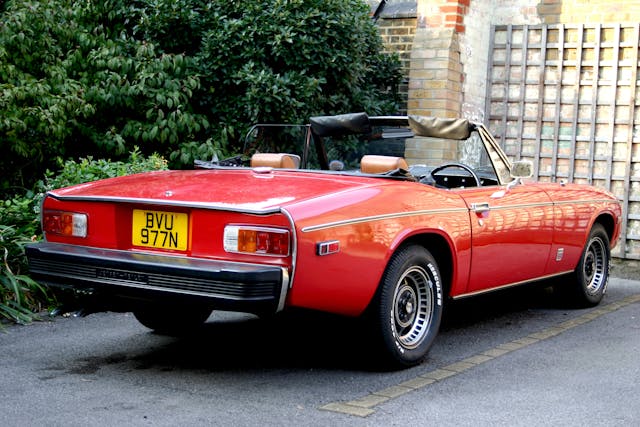
Far more important than what year Jensen-Healey you’re looking at is the condition. Even among classic British cars, Jensen-Healeys stand out for their susceptibility to rust. Floors, trunks, rockers, and sills are particular trouble spots. The Lotus engine is also temperamental if it isn’t looked after. Since they’ve long been cheap sports cars, a lot of Jensen-Healeys out there are in rough shape and would cost more to put right than they will ever be worth. Rather than spending your time and money fighting rust and oil leaks, it makes more financial sense to buy one that somebody else has already sorted with their own time and money. That’s true for all classic cars, but it’s especially true for these.
The good news is that most Jensen-Healey parts are still available, even reproduction body panels. Most cars should have also had oil and fuel issues sorted out by now. Popular and proven upgrades like Weber or Dell’Orto carbs and Toyota five-speed swaps also give these cars even more sparkling performance.
The Jensen-Healey isn’t perfect, but what car in the 1970s was? It’s quicker, prettier, and rarer than most. And with a well-sorted car you can have Lotus performance on an MGB budget.

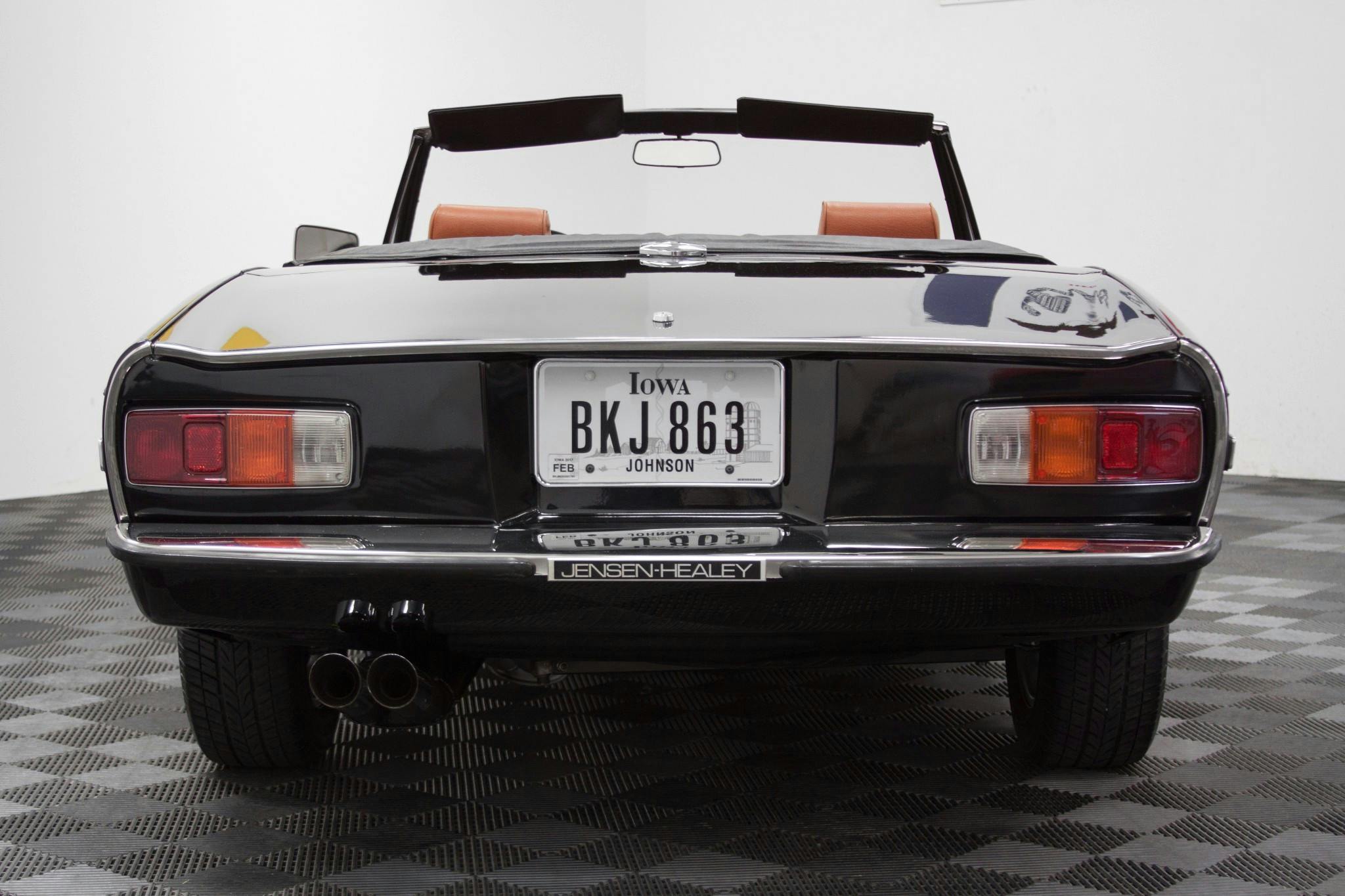
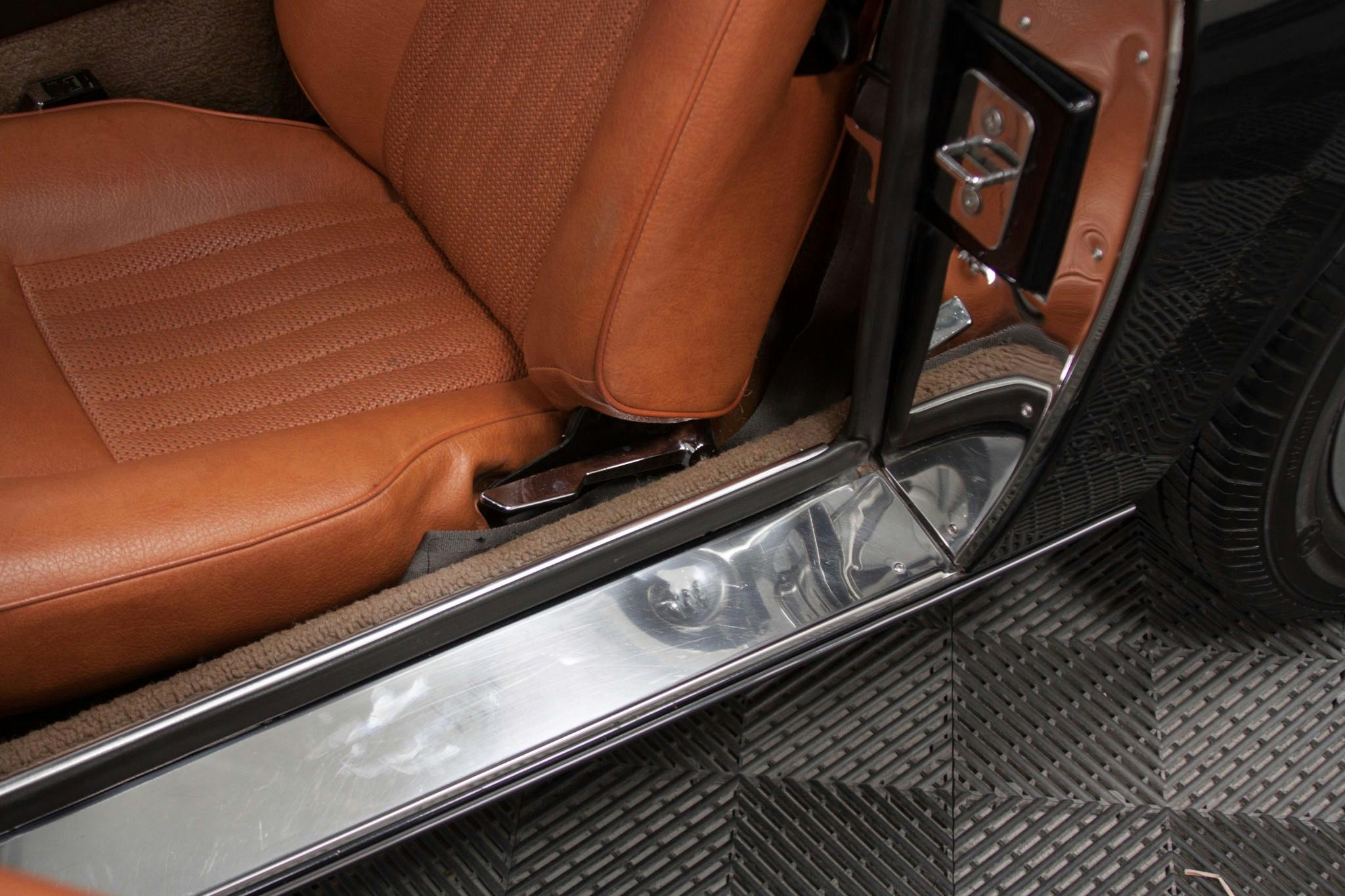
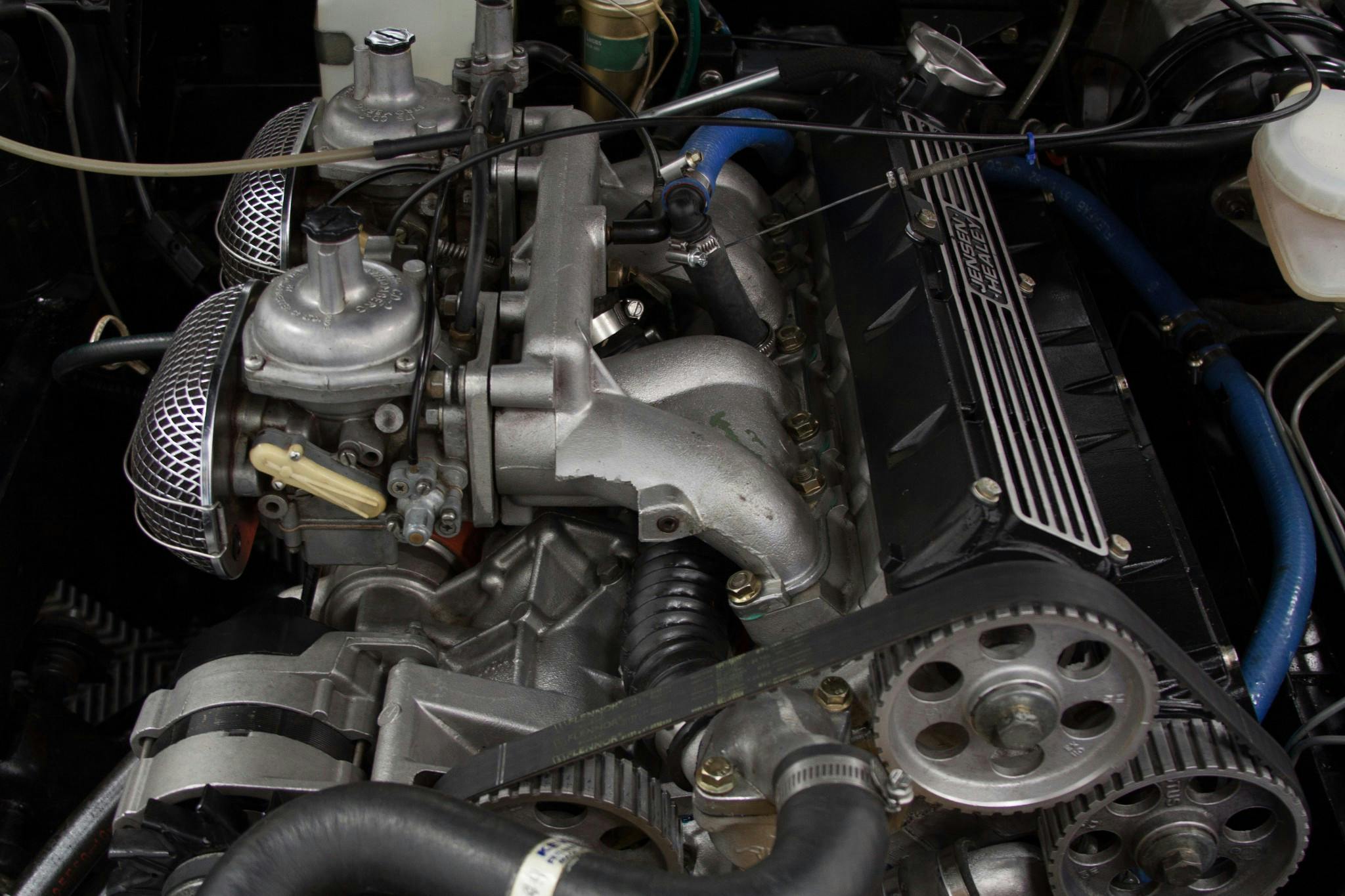
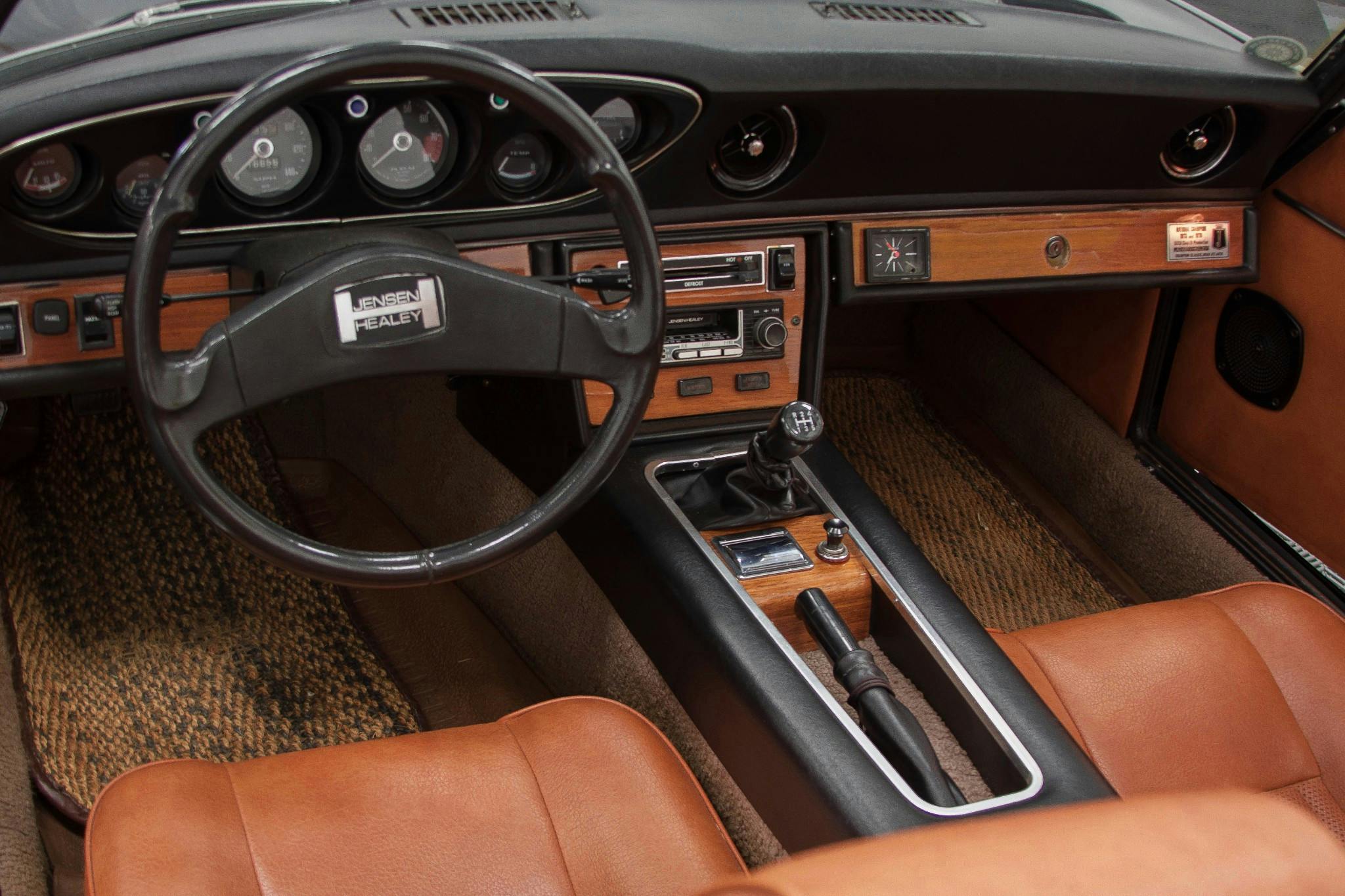


Find the right mechanic, sort out the issues, add Dellorto carbs and a 107 cam, and you have a fun and quick vehicle. Getting it right will cost you more than market value, but the Lotus engine revs quickly to 7,000 rpm and sounds great, and you will have a unique vehicle at British car shows! A well sorted one is a bargain!
I’ve had my JH for 45 years, back in the mid 80’s i replaced the lotus engine with a 215 CID Buick alum block with 230BHP I am currently re-doing the interior with new carpeting, dashboard and seats. it was my first car when I was 15. I love it… I’ll send pictures if you like. http://www.britishv8.org/Other/JayFowler.htm